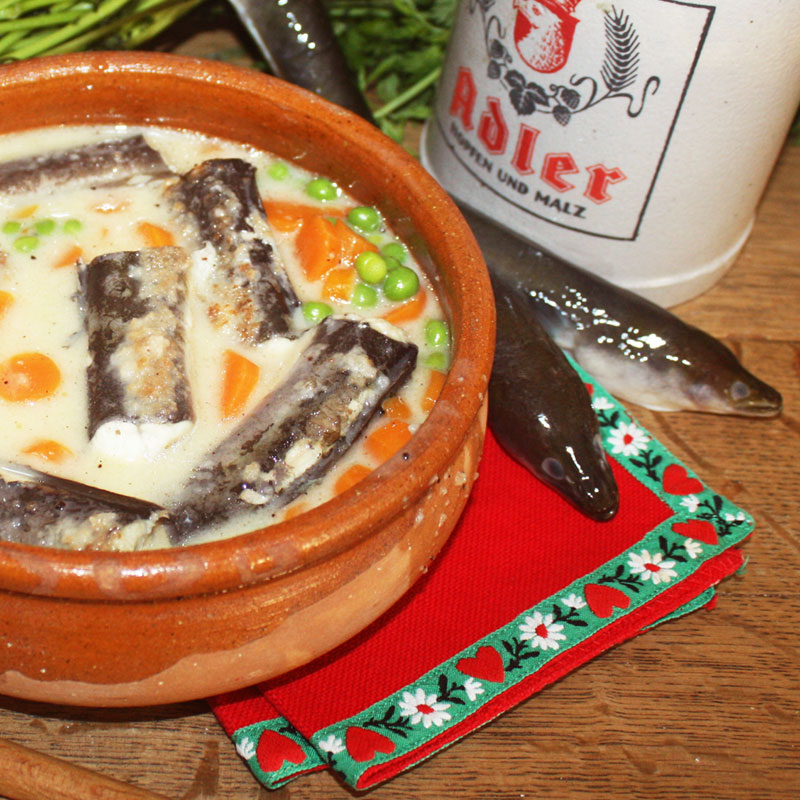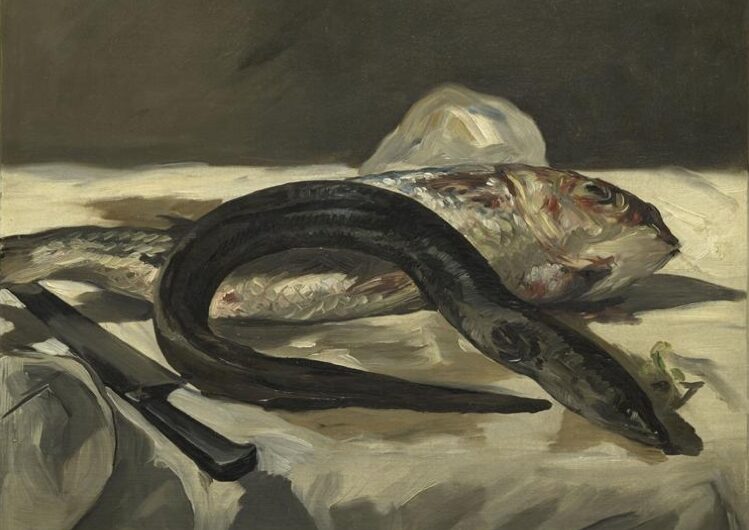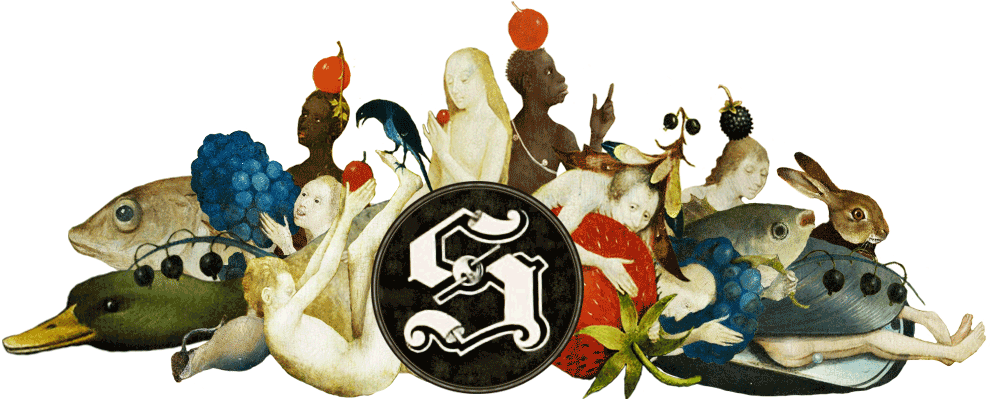German Eelsoup from 1845

This German Eelsoup from 1845 is found in a cookbook with an absurd long name that was common in this era. It seems that people thought the longer the titel the more sophisticated it sounds. A bit like the names of the nobles.
Okay here it goes (inhales): “Praktischen Kochbuch. Zuverlässige und selbstgeprüfte Recepte der gewöhnlichen und feineren Küche. Praktische Anweisung zur Bereitung von verschiedenartigen Speisen, kalten und warmen getränken, Gelees, Gefrornem, Backwerken, sowie zum Einmachen und Trocknen von Früchten, mit Davidis”.
Or in English: Practical cookbook. Reliable and self verified recipes for the normal and finer cuisine. Practical instructions for the preparation of a diversity of dishes, cold and warm drinks, jelly, frozen foods, baked goods, and also the preserving and drying of fruits, with Davidis.”
They just call it “Praktischen Kochbuck” in Germany, or “Practical cookbook”.
Henriette Davidis was active in the education of young girls and women in the craft of housewifery. She wrote a lot of educational books on this topic and was a teacher in housekeeping, pedagogue and a governess.
Her cookbooks(s) became so famous that she even has a museum dedicated to her accomplishments. Till this day it is still one of the most popular cookbooks in Germany.

The European Eel.
A good German eelsoup needs eel. Eel was seen a food for the people in the time Davidis wrote this book. But because the European eel has become critical endagered it has now become food for the rich.
The European eel suffers from climate change, loss of habitat, water polution and overfishing. Noone still has seen eels spawn or emerge from eggs in the wild. We only managed to make eels procreate in really small scales in laboratoriums. Because of this we are not able to breed them for consumption ór for repopulating the waters and make the species stronger.

The taste of the European eel is the same as the American eel and the Japanese eel. European and American eels are even found in hybrid form.
I used eels as thick as a thumb. Because they are so small I left the bones in. You can chew the meat of the bones like you would do with chicken. If you can find thicker eels you could debone them and use the flesh only. In this cookbook they peel the skin of the eels. This will not be necessary with small eels. When you have really big eels you can opt to deskin them.
Below the recipe I have added some tips for a more 21th century take on the recipe.
Some modern notes on German Eelsoup from 1845
- The butter in step one can be left out. I am not sure why they cooked their carrots with butter in the water. Maybe as an hydrophobic barrier to prevent it from boiling over? But nowadays we just call that unnecessary fats.
- The same goes for the breading. When the eel is thrown in the soup it loses it’s breaded crust ofcourse. I believe this is done to prevent the fish from sticking to the pan when panfrying. With our non-stick coated pans this is no longer necessary.
- I also do not really see any use in cooking ánd frying the eel. In some parts of the past fish was always cooked first because they saw the slime of the fish as something bad for your humors and that stayed even though people did not believe in humors anymore. But since they use the water the eel is cooked in; that can’t be it. You could technically only cook it or only fry it.
- Thickening soups, sauces and stews with eggyolks was really popular in the not-so-recent past. It really gives some body, especially to sauces. But mind you; this is not healthy for pregnant people, children till age 5, elderly, or any immunocompromised person. The yolks are not cooked through and through and can still contain salmonella.
